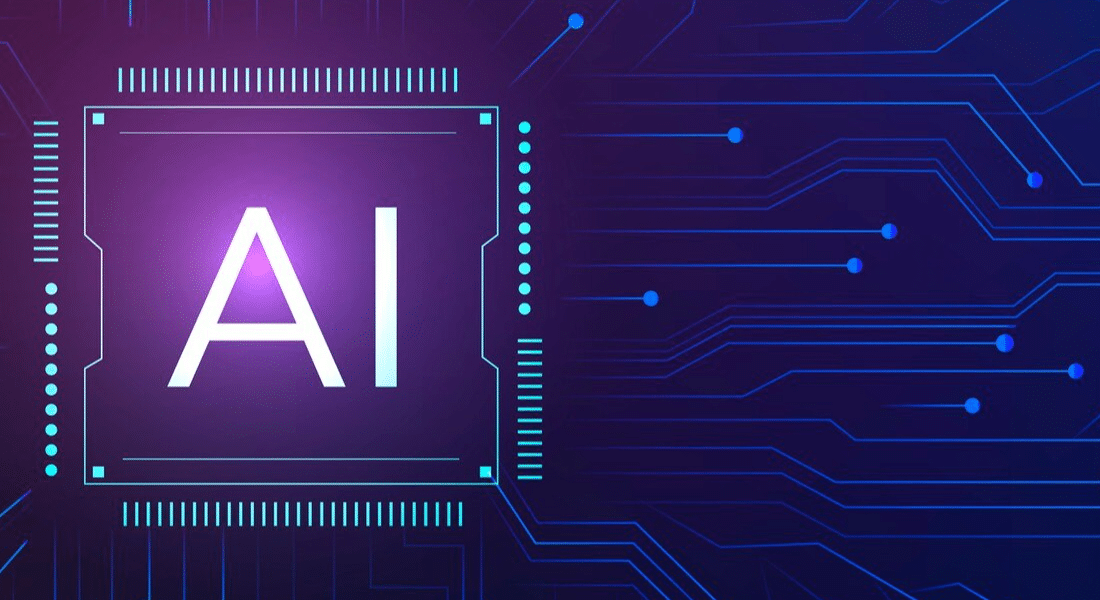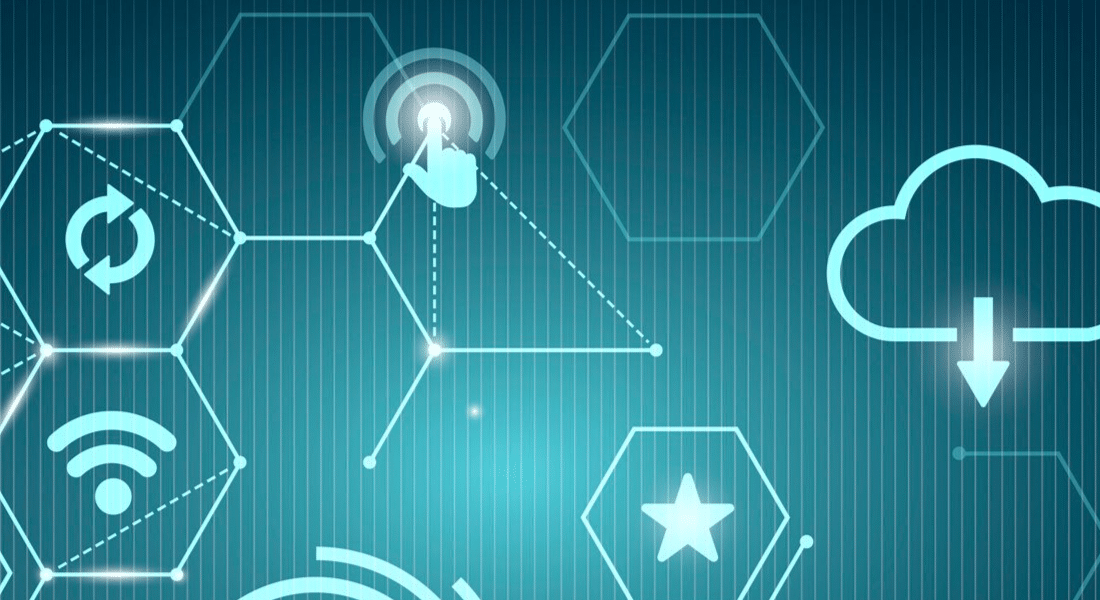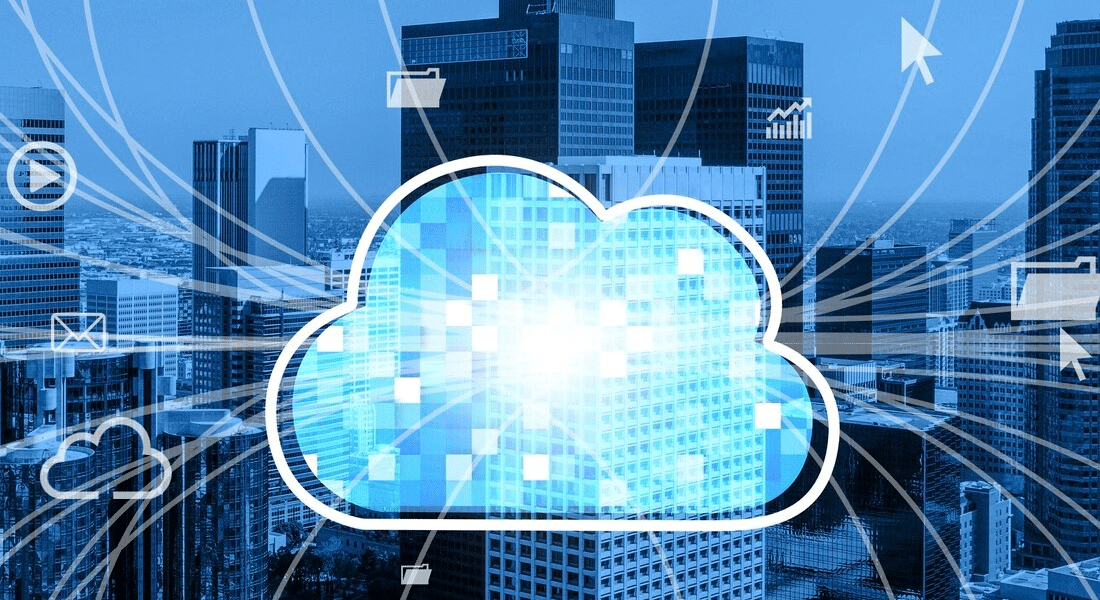If anything positive has come out of the Covid-19 crisis, it’s the way that the entire world community has come together to help one another during this pandemic. Here at floLIVE, we’ve seen incredible innovation and success coming from the IoT industry.
Let’s take some time to celebrate some of the heroes that are making waves in areas from prevention and mitigation of the Coronavirus itself, through to support for those in isolation, and protection for our health workers on the frontlines.
Smart Sinks for Smart Hand Washing Capabilities
It might seem like the simplest form of prevention, washing your hands regularly and correctly. However, think about locations where the rules aren’t always kept, and where the spread of Covid-19 is more likely, such as retirement or nursing homes, schools and day-care centers, or even restaurants and delivery centers.
Soapy Care uses IoT technology to improve hand washing practices with programmable settings such as the amount of soap or sanitizer dispensed, how long the water runs for, or the temperature of the water. Since the outbreak, Soapy Care has reduced its prices for areas that have been adversely affected by Covid-19, helping to slow the spread of the virus.
Disinfection on an IoT Scale
Limiting human contact with the virus is becoming more essential than ever, which is why many new technologies focus on non-touch ways to support key workers. MMC-UAV has launched its T416 agricultural spray drone that can disinfect large areas affected by the virus, while the DJI’s Agras series includes a drone solution that both sprays disinfectant and also carries customized delivery packages. These can include anything from testing kits, to medicines and even blood samples. Remarkably, delivery time using these drones has been reduced from 35 minutes down to just 3.
Disinfection is perhaps even more essential in areas of high-incidence such as hospitals and other medical centers. Siemens and Aucma have created and launched a smart disinfection robot, powered by electricity rather than petrol, and with the ability to disinfect up to 36,000 square meters in just one hour. An intelligent vision algorithm allows the technology to remotely find affected areas, providing a low-cost way to slow the impact of the disease.
Supporting Medical Staff
IoT robotics is taking the pressure off human staff, automating routine tasks and reducing the risk to essential key workers in the healthcare industry or to those that support them, especially in areas widely impacted by the pandemic, such as China. Pudu Technology installed catering delivery robots in more than 40 hospitals in and around Shenzen to support medical personnel, while CloudMinds donated 14 robots to the Wuchang field hospital in Hubei. These ‘humanoid’ robots change bedsheets and take patient’s temperatures, allowing staff to work remotely unless their physical presence is medically necessary.
The latest wearable technology can even allow patients to be monitored from their own homes, preventing patients from overwhelming local medical facilities and hospitals unless their symptoms escalate. VivaLNK has published a fascinating case study about its work with Cassia Networks, using wearable sensors and Cassia’s network gateways to send real-time medical information such as body temperature to a centralized dashboard, increasing efficiency while minimizing the likelihood of cross-infection. This solution is being used in hospitals and clinical centers in China.
Treating and Testing Patients
This technology is rising to the challenge of Covid-19 in a tangible way, empowering physicians and vital healthcare workers to not just monitor patients, but also treat and collaborate on sick people remotely.
At the earliest stages of the Covid-19 crisis, when information was scarce and incredibly valuable, EarlySense answered the call for expertise and technology. Its solution is now being used to great effect for remote monitoring, continuously monitoring heart rate, respiratory rate and motion to enable the early detection of deterioration in patients at Sheba Medical Center, one of the top ten hospitals in the world. Connected IoT systems such as EarlySense, that can broaden the reach of specific expertise and services are game-changing when life and death decisions are being made in real-time on the ground.
Improvements to testing are also of the utmost importance, and many healthcare companies have stepped out of the crowd with exciting IoT-based solutions. Abbot’s ID NOW test allows for molecular point-of-care testing from any location, not just in hospitals – and reduces the time it takes to get results from hours or even days, to just 5 minutes for a positive result, and 13 for negative.
IoT technology is allowing this type of innovation to flourish without a negative impact on vital healthcare resources. Becton Dickinson and Co have created a next-gen wireless diagnostic test system, sending test results directly from their platform to the cloud, and then to an EHR system where physicians can securely access the information and integrate the results into patient records. This touchless process allows for more efficient and insightful patient care, with optimized costs and reduced risk to the healthcare industry.
An IoT-enabled Future
The wide reach of IoT throughout the Covid-19 crisis is a testament to how flexible, scalable and functional the technology can be, limited only by a company’s own innovation and imagination.
If you’re looking to launch your own IoT projects, and need seamless, always on connectivity anywhere in the world, connect with us.











